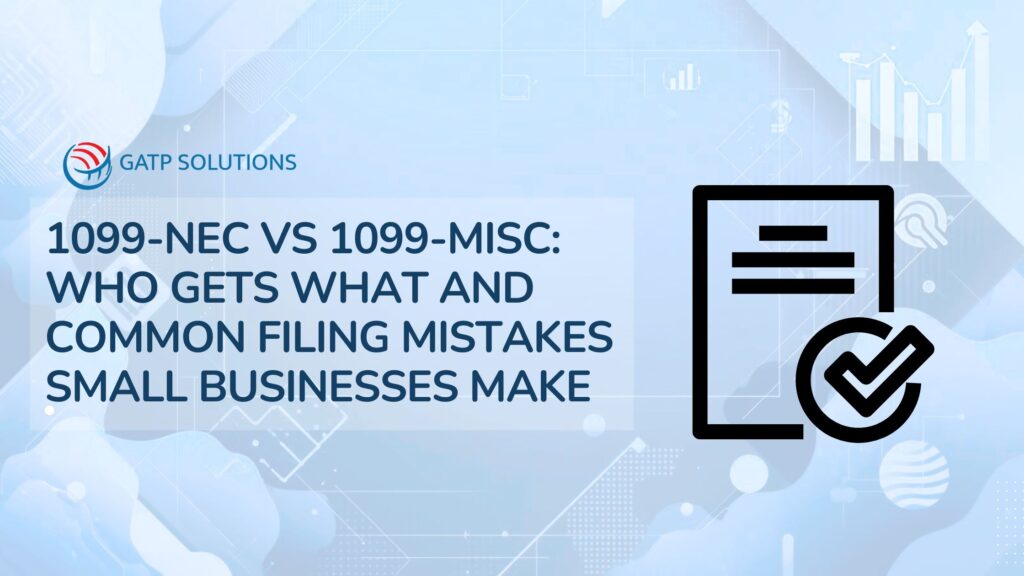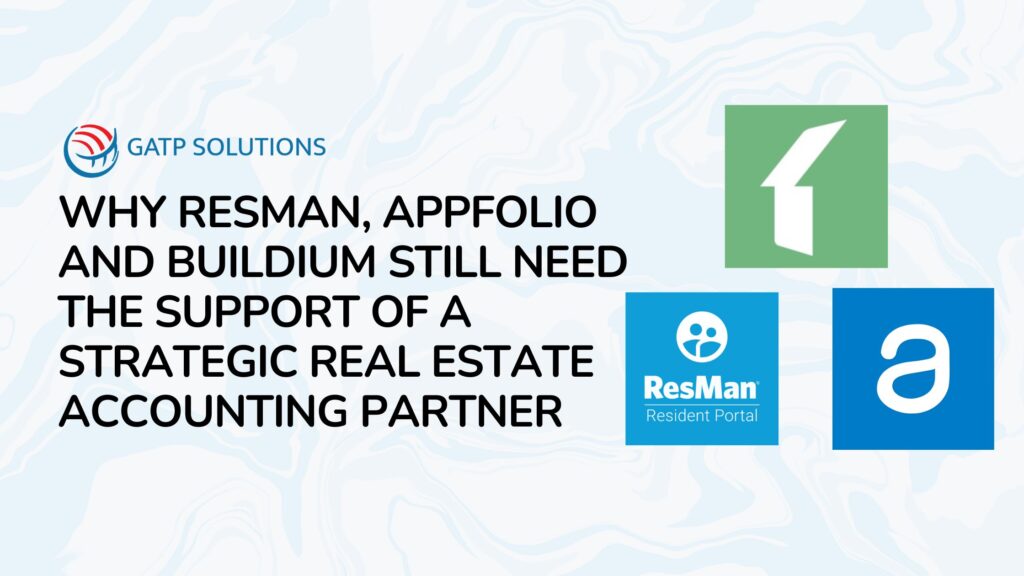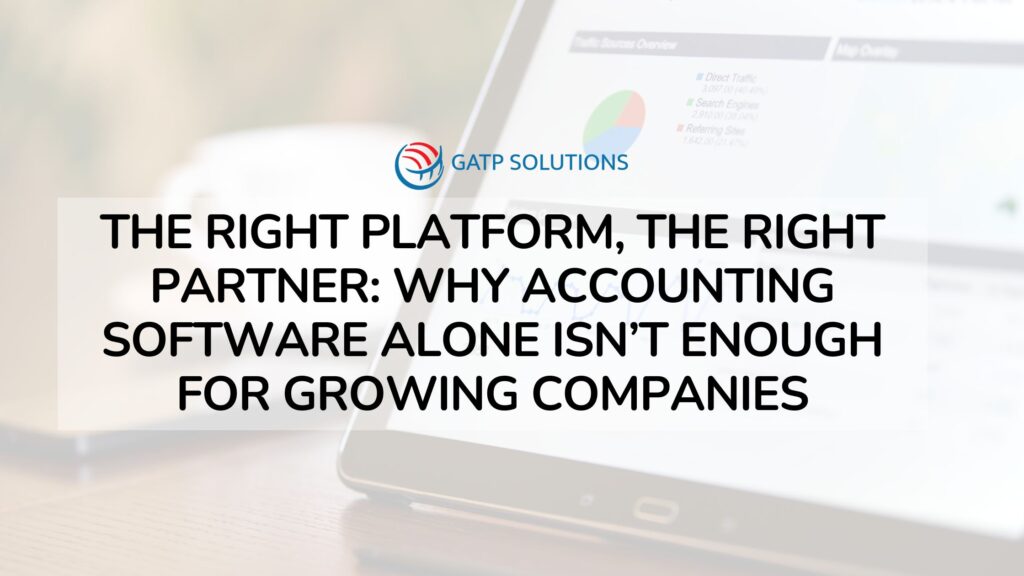Every small business that works with freelancers, vendors, or any service providers faces the same question during tax filing: which 1099 form should I use? The confusion regarding 1099-NEC vs 1099 MISC is one of the most common issues faced by small business owners. Even though both the forms look similar and have similar functionalities, using the wrong one can create a plethora of issues for your business like inaccurate reporting, IRS penalties, etc.
These forms were designed by the IRS to help businesses report the income paid to non-employees. While the 1099-NEC form focuses on payments made for services, the 1099-MISC form covers other types of business payments like rent, royalties, or legal settlements.
The difference in both the forms is not just a formality for businesses. If you choose the wrong form, it may cause mismatched records between what your business is reporting and what the contractor is reporting, which may trigger audits or penalties. It can also impact the business’ deductible expenses and cash flow tracking the wrong way. In this blog, we will explore what each form means, the difference between 1099-MISC and 1099-NEC, who should use which one, what gets reported on the forms and how small businesses can remain compliant.
What is Form 1099-NEC?
The term NEC refers to Non-Employee Compensation. The 1099-NEC form is used to report payments to the non-employees like freelancers, contractors, and other service providers who are not on your payroll.
Well, before 2020, businesses used to report such payments in the Box 7 of the 1099-MISC form, but the IRS brought the 1099-NEC form to simplify the reporting process.
To summarize, if your business makes a payment to someone and they are not your salaried employee, the payment will be added on the 1099-NEC.
Who gets a 1099-NEC?
You must issue a 1099-NEC form when:
- The person or business is not your employee.
- The payment was made for services provided during the course of business.
- The total payment for the year is $600 or more.
- The payment is made directly by your business, not through a third-party platform like PayPal or a credit card processor.
For example, a marketing agency hires a freelance writer and pays them $1500 for a project. As the payment is more than $600 and the editor is not a salaried employee, the agency will issue a 1099-NEC.
However, there are a few exceptions to this:
- Payments made to corporations are generally exempt, except for certain categories like attorney fees.
- Payments made through a third-party platform are usually reported by the payment processor using Form 1099-K.
What is reported on 1099-NEC?
The 1099-NEC form reports all non-employee compensation, which include payments for services or work completed by independent professionals. These payments usually include:
- Contractor or freelancer fees
- Commissions and professional service payments
- Prizes or awards related to services
- Payments to attorneys or consultants for their professional work
These payments are taxable income for the contractor and deductible expenses for the business.
How to file 1099-NEC
Before listing the steps, it is important to note that it is very important to be accurate with the data fed into the system. As the IRS matches your data with the contractor’s data, any discrepancies may lead to notices. The following are the ways to properly file a 1099-NEC:
To properly file a 1099-NEC:
- Collect information: Request a completed Form W-9 from every contractor before you issue payments.
- Use the correct form: Obtain an official IRS scannable 1099-NEC or use the IRS e-filing system.
- Complete all copies accurately: Send Copy A to the IRS, Copy B to the contractor, and keep Copy C for your records.
- Meet the deadline: Make sure to follow the deadline to avoid any penalties. Missing the deadline can result in penalties starting at $60 per form and increasing depending on how late you file.
- Include Form 1096 if filing on paper: This summarizes all the 1099s you are sending to the IRS.
Significance of 1099-NEC to small businesses
For small businesses, the 1099-NEC is more than a compliance step. It ensures financial transparency and protects your business from potential legal and tax issues.
- It helps prove that the people you pay are independent contractors, not employees.
- It supports accurate expense tracking and tax deductions.
- It prevents payroll tax complications that can arise from misclassification.
- It builds credibility with accountants, auditors, and the IRS.
Small businesses should be careful to issue 1099-NECs only for genuine service providers. Keeping consistent records of all contractor payments and W-9 forms throughout the year saves a lot of year-end stress to your business.
What is Form 1099-MISC?
Now, MISC stands for Miscellaneous Information. The 1099-MISC form is used to report miscellaneous business payments that don’t fall under nonemployee compensation. Even though it used to include contractor payments before, the form’s role changed after the IRS reintroduced the 1099-NEC.
In easy terms, 1099-MISC covers the payments like rent, royalties, and prizes, that are not at all connected to any services performed. It is used for specific non-service business transactions.
Who gets a 1099-MISC?
Your business can issue a 1099-MISC form to someone when:
- You pay $600 or more in rent or other miscellaneous income during the year.
- You pay $10 or more in royalties.
- You make payments related to prizes, awards, medical services, or certain legal settlements.
For example, a small business rents an office space. The business can issue a 1099-MISC to the landlord if the annual rent payments exceed $600.
However, make sure to remember that forms are not for reporting employee wages or contractor payments for services.
What is reported on 1099-MISC?
The 1099-MISC form reports:
- Rent payments (Box 1)
- Royalties (Box 2)
- Prizes and awards (Box 3)
- Medical or healthcare payments (Box 6)
- Gross proceeds paid to attorneys (Box 10)
- Crop insurance proceeds, fishing boat proceeds, and other specialized payments
For example, if a business pays a doctor or clinic for medical services related to employee health, it reports that payment under Box 6. If it pays a landlord $12,000 in rent for the year, that goes under Box 1.
How to file 1099-MISC
Filing a 1099-MISC is similar to the NEC but has slightly different deadlines. The following are the steps to fine 1099-MISC:
- Collect payee details: Use Form W-9 to gather the recipient’s taxpayer information.
- Prepare the form: Fill in payment details and the appropriate boxes based on payment type.
- Meet the deadlines: Make sure to follow the deadlines to avoid any errors or penalties.
- Send copies: Send Copy A to the IRS, Copy B to the recipient, and keep Copy C for your records.
- Include Form 1096 if applicable: When filing paper forms, include this transmittal summary.
Significance to Small Businesses
The 1099-MISC form plays an important role in helping small businesses remain compliant in the following ways:
- It ensures that non-service payments like rent and royalties are properly recorded.
- It helps maintain clear separation between business expenses for services and other types of income.
- It reduces confusion during tax preparation and prevents misclassification errors.
Small businesses often pay both contractors and landlords. This means that they may have to issue both the forms in the same year. Make sure you keep a separate list for service payments for NEC form and miscellaneous payments for the MISC form to avoid any confusion later.
Difference Between 1099-MISC and 1099-NEC
Now that we’ve covered both forms individually, let’s look at the difference between 1099-MISC and 1099-NEC in a nutshell:
| Feature | 1099-NEC | 1099-MISC |
| Purpose | Reports payments for services to nonemployees | Reports miscellaneous payments such as rent, royalties, and prizes |
| Recipient | Contractors, freelancers, or consultants | Landlords, royalty recipients, and others |
| Payment threshold | $600 or more for services | $600 or more for miscellaneous payments ($10 for royalties) |
| Typical use case | Paying an independent contractor | Paying rent or issuing royalty payments |
Edge cases and overlaps
Even though small businesses may be careful with their payments segregation, there are still chances for the following overlaps:
- Service and rent payments: If a business pays the same person for both office rent and consulting services, the rent goes on 1099-MISC while the service fees go on 1099-NEC.
- Legal payments: Payments to attorneys for legal services go on 1099-NEC, but legal settlements paid to clients go on 1099-MISC.
- Corporate exceptions: Most corporations don’t receive 1099s, but attorney and healthcare payments are exceptions.
- Third-party transactions: Payments made via PayPal or credit card processors are typically reported by those platforms on 1099-K, not by the business itself.
Who Gets What? Common Confusions Explained
Many small businesses have a confusion regarding who gets a 1099-MISC and who should receive a 1099-NEC. Following are the most common confusions:
Misclassifying workers
The most common mistake is treating employees as contractors. If someone works under your control, uses your tools, and follows your schedule, the IRS may consider them an employee. Such workers should receive a W-2, not a 1099-NEC.
Rent and royalty payments
Rent and royalty payments belong on the 1099-MISC. For example, if a business pays $1,000 per month for its office, the landlord receives a 1099-MISC, not a 1099-NEC, because the payment is for property use, not a service.
Legal payments
Legal fees and settlements often create confusion for businesses as the payments look quite similar. Legal service payments to attorneys go on the 1099-NEC. However, if a business pays a legal settlement to an individual, that payment should be reported on 1099-MISC under “gross proceeds to attorneys.”
Corporate exceptions
Most corporations are exempt from receiving 1099s, but there are exceptions to this. Law firms and medical corporations still require the 1099s in specific cases. You must confirm whether their vendors fall under these categories before skipping a form.
Third-party payments
If a business pays a contractor through PayPal or a similar platform, the platform typically issues a 1099-K, meaning the business should not duplicate that with a 1099-NEC.
Common Filing Mistakes Small Businesses Make
Small businesses often make simple but costly filing mistakes. Understanding them can prevent unnecessary stress and penalties. The following are the common mistakes made by small businesses:
Using the wrong form
Many small businesses still report contractor payments on 1099-MISC instead of 1099-NEC, especially when they use old templates. This can cause mismatches and incorrect reporting.
Incorrect TINs or names
Errors in taxpayer identification numbers or misspelled names can lead to rejections. Always verify details from the contractor’s W-9 before filing.
Forgetting to issue forms
Businesses sometimes forget to issue forms for smaller contractors, not realizing that cumulative payments may exceed $600 over the year.
Overlooking state filings
Some states require separate 1099 submissions. Ignoring these can result in local penalties even if your federal filings are correct.
Backup withholding errors
If a contractor fails to provide a TIN, the business may need to withhold taxes from payments. Many small businesses skip this, leading to IRS penalties for noncompliance.
How GATP Solutions Can Help
Managing tax compliance can be stressful, especially for small businesses dealing with multiple contractors and payment types. GATP Solutions simplifies this process by handling your 1099 preparation, review, and submission.
Our team ensures your payments are classified correctly, deadlines are met, and all filings are accurate. With GATP, small businesses can reduce the risk of IRS errors and focus on their operations instead of worrying about compliance details.
Our support includes:
- Reviewing payment records and categorizing them for the correct form
- Collecting and verifying W-9 details
- Preparing and filing 1099-NEC and 1099-MISC forms on time
- Managing corrected filings if changes are needed
- Providing reminders for upcoming deadlines and compliance updates
Conclusion
The difference between 1099-NEC vs 1099-MISC may seem small, but it has a big impact on how a business stays compliant and organized. Understanding which payments belong on each form protects your company from penalties and maintains accurate financial records.
Best practices for small businesses:
- Collect W-9s before making any payments.
- Track payments by type throughout the year instead of waiting until January.
- Separate contractor fees from rent or royalties in your accounting system.
- File the right form by the right deadline.
- Verify all names and TINs for accuracy.
- Consider state-specific requirements.
- When in doubt, consult a professional or use a service like GATP Solutions.
Filing taxes doesn’t have to be overwhelming. With the right approach, small businesses can confidently meet IRS requirements and keep their operations running smoothly.
Frequently Asked Questions
1. What is the main difference between 1099-NEC and 1099-MISC?
The main difference lies in what each form reports. Form 1099-NEC is used to report payments made to contractors or freelancers for services, while Form 1099-MISC is used for miscellaneous payments such as rent, royalties, or legal settlements. Understanding this distinction helps small businesses file accurately and avoid IRS errors.
2. Who gets a 1099-NEC from a small business?
Independent contractors, freelancers, and consultants who receive $600 or more for their services in a year should receive a 1099-NEC form. These individuals are not employees but still provide work directly to the business. Businesses must send this form to both the contractor and the IRS by January 31 each year.
3. Who gets a 1099-MISC from a business?
A 1099-MISC form is issued to people or entities who receive miscellaneous business payments such as rent, royalties, or certain legal settlements. For instance, if a small business pays $1,000 per month in rent, the landlord should receive a 1099-MISC at the end of the year.
4. Why did the IRS separate the 1099-NEC and 1099-MISC forms?
The IRS separated the forms in 2020 to simplify filing. Previously, nonemployee compensation was reported on the 1099-MISC, but different deadlines created confusion. By reintroducing Form 1099-NEC, the IRS made contractor reporting more straightforward and reduced filing mistakes for small businesses.
5. How can GATP Solutions help small businesses with 1099 filings?
GATP Solutions helps small businesses handle tax compliance with accuracy and ease. The team ensures that every contractor and vendor payment is classified correctly between 1099-NEC vs 1099-MISC, prepares the required forms, verifies TINs, and files them on time. This saves businesses hours of manual work and prevents costly IRS penalties.
6. What are the penalties for filing 1099-NEC or 1099-MISC late?
Late filing penalties depend on how long after the deadline the forms are submitted. Fines can range from $60 to $310 per form, and deliberate disregard for filing can cost even more. Small businesses should always aim to file by January 31 for 1099-NEC and by February 28 (paper) or March 31 (electronic) for 1099-MISC.
7. How can GATP Solutions prevent common 1099 filing mistakes?
GATP Solutions minimizes human error by automating data collection, form preparation, and deadline tracking. From verifying W-9 information to ensuring the right payment goes on the correct form, GATP eliminates confusion around 1099-NEC vs 1099-MISC and ensures compliance with both IRS and state filing rules.
8. Can a contractor receive both 1099-NEC and 1099-MISC from the same business?
Yes, it’s possible. If a contractor provides services (reported on 1099-NEC) and also receives non-service payments like rent or royalties (reported on 1099-MISC), they can receive both forms from the same business in a single tax year. Each form serves a distinct reporting purpose.
9. How can GATP Solutions support year-round compliance for small businesses?
Instead of waiting until tax season, GATP Solutions helps small businesses manage compliance throughout the year. Their system tracks contractor payments monthly, verifies W-9 data early, and sends automated reminders to prevent missed deadlines. This proactive approach keeps financial records clean and audit-ready.
10. What should small businesses do if they realize they filed the wrong 1099 form?
If a business mistakenly files a 1099-MISC instead of a 1099-NEC (or vice versa), it should submit a corrected return as soon as possible. Filing the correct form promptly reduces the chance of penalties or IRS notices. GATP Solutions can assist with corrected filings, ensuring the right information reaches the IRS quickly and accurately.




